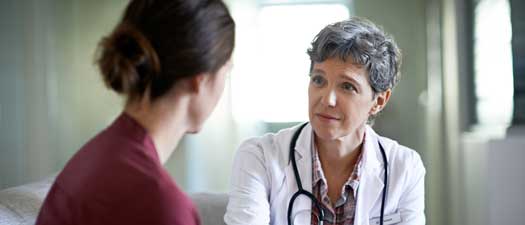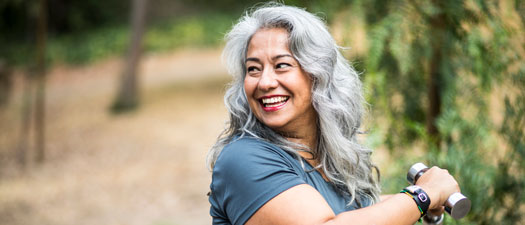From birth through age 18, we make sure your child’s growth is on track. We also make sure your child has the right screenings, or tests, and gets their needed vaccines.
Well-child visits
During well-child visits, or checkups, we make sure your child’s growth is on track. We also test, or screen, children to see if they have any health issues. If you choose to, children will also get any needed vaccinations during this visit.
Babies are seen every few months, but as your child grows, we may see them only once a year.
Here are some things we'll check during the well-child visit.
-
OR
-
OR
-
OR
Childhood milestones
Healthy children usually grow and do new things at certain ages. We watch for these developmental milestones so we know if there are any problems or delays.
This can also help you know if your child may need extra help. They may need speech/language therapy, physical therapy, occupational therapy and/or special education services. Research shows that getting your child help early on has many benefits.
Here’s what most children can do at different ages. Remember, not every child will do the same things at the same times.
-
OR
-
OR
-
OR
-
OR
-
OR
-
OR
-
OR
-
OR
-
OR
-
OR
-
OR
-
OR
-
OR
Puberty
Puberty happens when a child's body transitions into an adult form. It’s important to talk to your child about what’s going on. They need to know about and get ready for the changes that will happen to their bodies.
If children don’t get the information they need from their parents, they often turn to friends or other sources. This can cause them to get wrong or misleading information.
-
OR
-
OR
-
OR
-
OR



